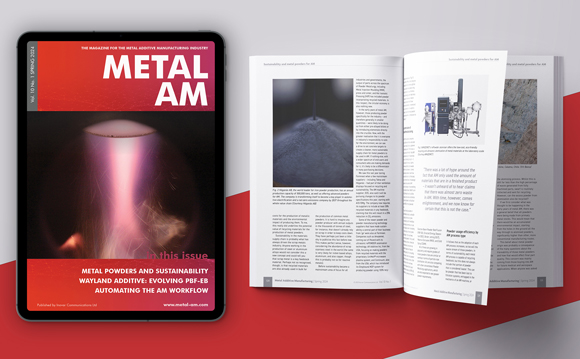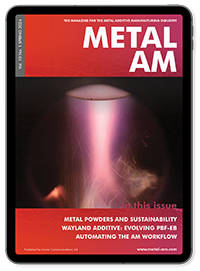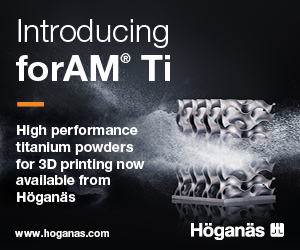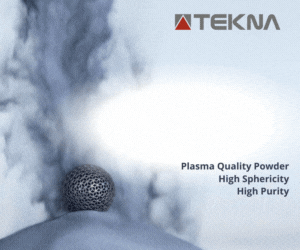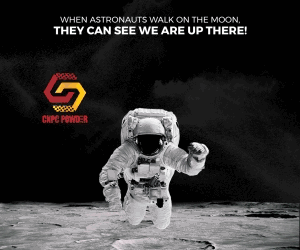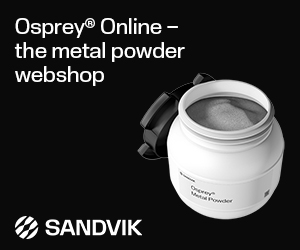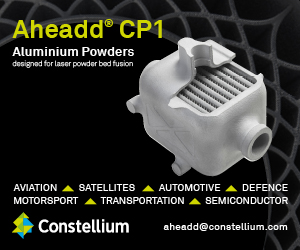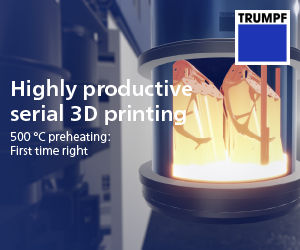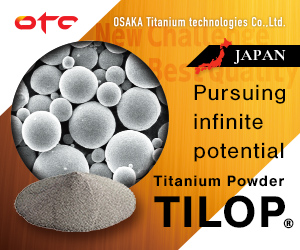NASA completes testing of additively manufactured rocket engine injectors
September 3, 2014
NASA has reported the successful testing of the most complex additively manufactured rocket engine parts ever designed by the agency at its Marshall Space Flight Center in Huntsville, Alabama, USA.
The Additive Manufacturing (AM) process allowed NASA’s rocket designers to create an injector with 40 individual spray elements, produced as a single component rather than manufactured individually. Using traditional manufacturing methods would require 163 individual parts to be made and then assembled, however with AM technology only two parts were required, saving time and money and allowing engineers to build parts that enhance rocket engine performance and are less prone to failure.
The part is similar in design to injectors for large engines, such as the RS-25 engine that will power NASA’s Space Launch System (SLS) rocket, the heavy-lift, exploration class rocket under development to take humans beyond Earth orbit and to Mars.
Two rocket injectors, produced via selective laser melting, were tested for five seconds each, producing 20,000 pounds of thrust. Designers created complex geometric flow patterns that allowed oxygen and hydrogen to swirl together before combusting at 1,400 psi and temperatures up to 6,000 °F.
“We wanted to go a step beyond just testing an injector and demonstrate how 3D printing could revolutionize rocket designs for increased system performance,” stated Chris Singer, director of Marshall’s Engineering Directorate. “The parts performed exceptionally well during the tests.”
NASA engineers worked with two separate companies, Solid Concepts in Valencia, California, and Directed Manufacturing in Austin, Texas, with each company manufacturing one injector. “One of our goals is to collaborate with a variety of companies and establish standards for this new manufacturing process,” explained Marshall propulsion engineer Jason Turpin. “We are working with industry to learn how to take advantage of additive manufacturing in every stage of space hardware construction from design to operations in space. We are applying everything we learn about making rocket engine components to the Space Launch System and other space hardware.”
Marshall engineers have tested increasingly complex injectors, rocket nozzles and other components with the goal of reducing the manufacturing complexity and the time and cost of building and assembling future engines. Additive manufacturing is a key technology for enhancing rocket designs and enabling missions into deep space.
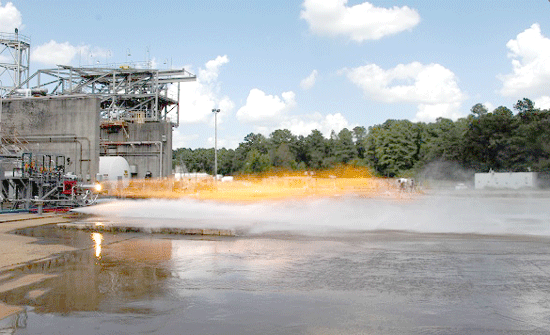
Two rocket injectors, produced via SLM, were hot-fire tested at NASA’s Marshall Space Flight Center (Image: NASA photo/David Olive)
Subscribe to our FREE e-newsletter
Useful links: News | Articles | Introduction to metal Additive Manufacturing



